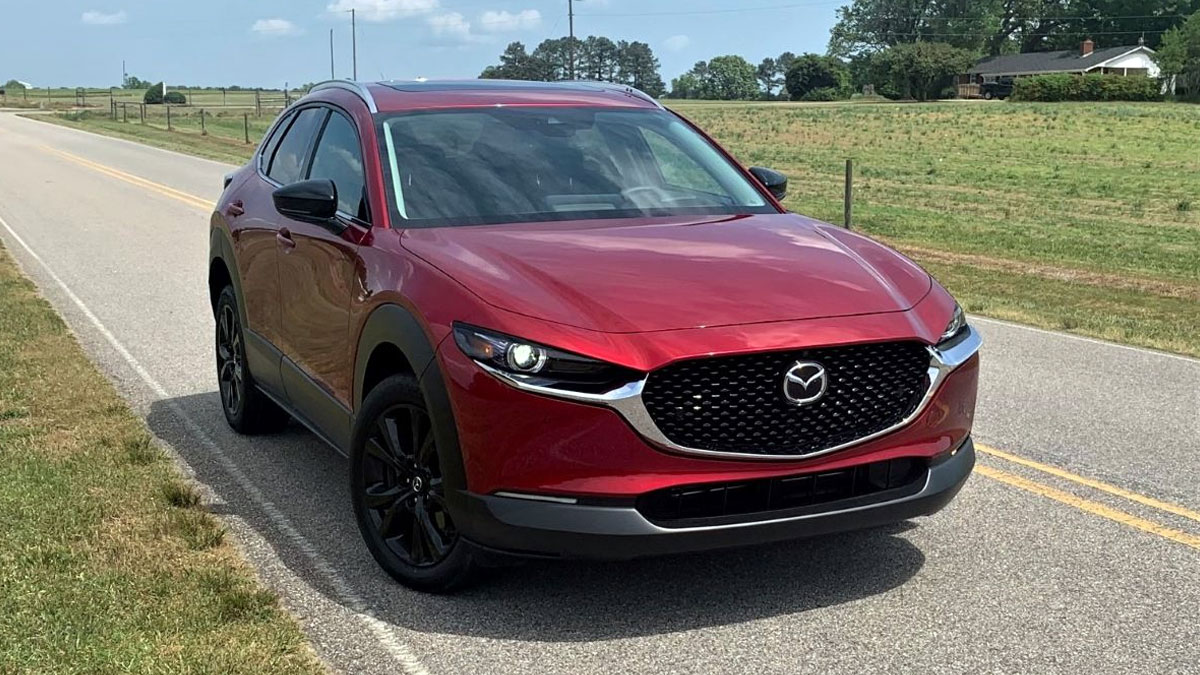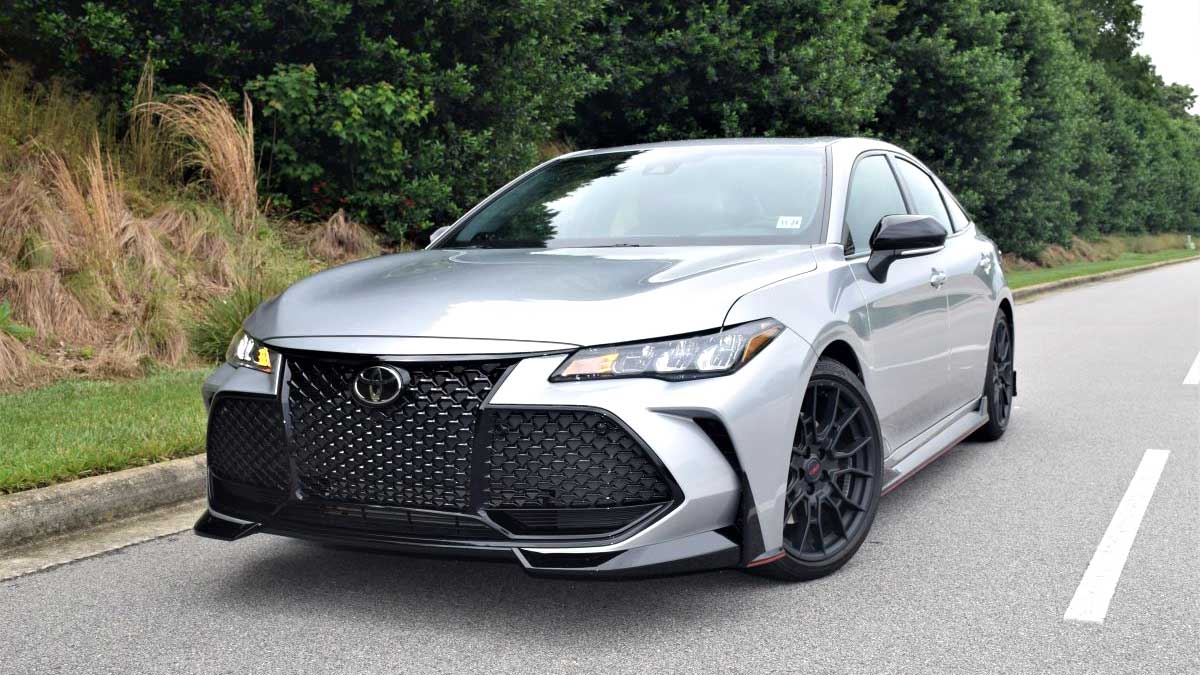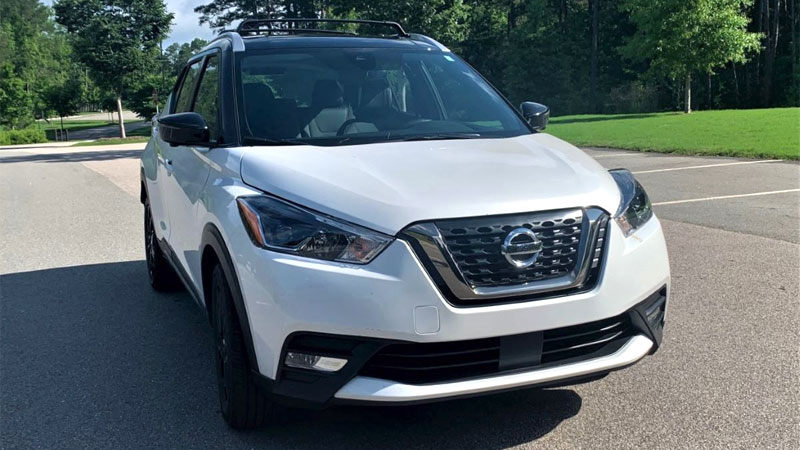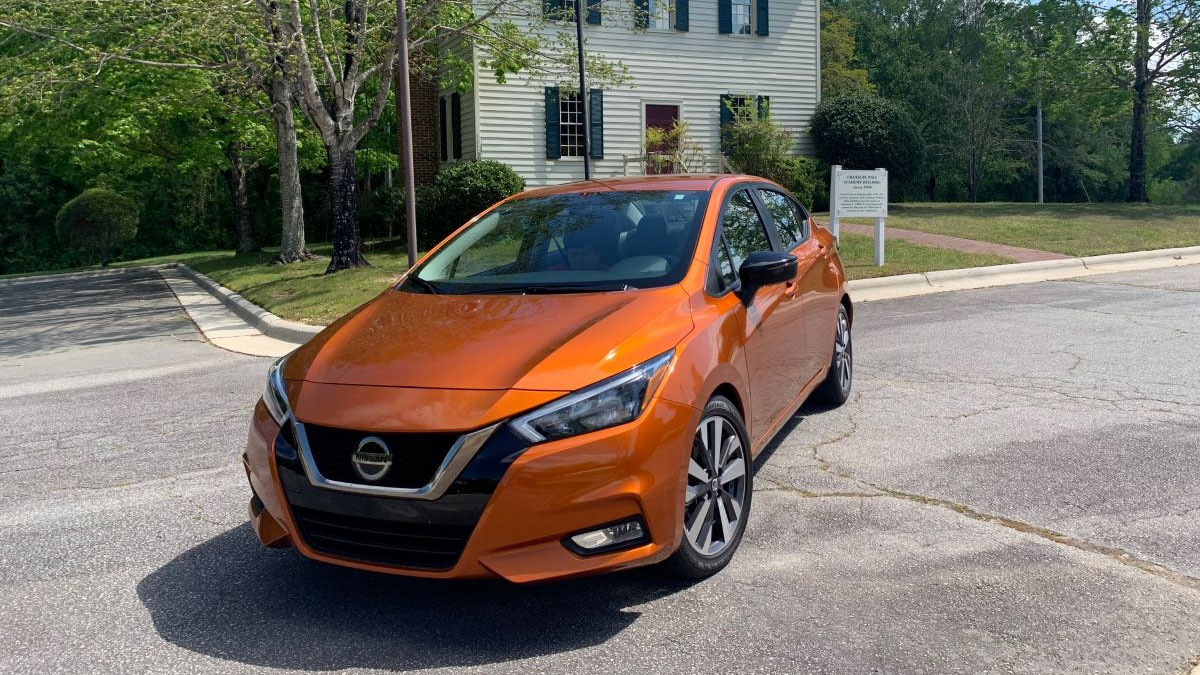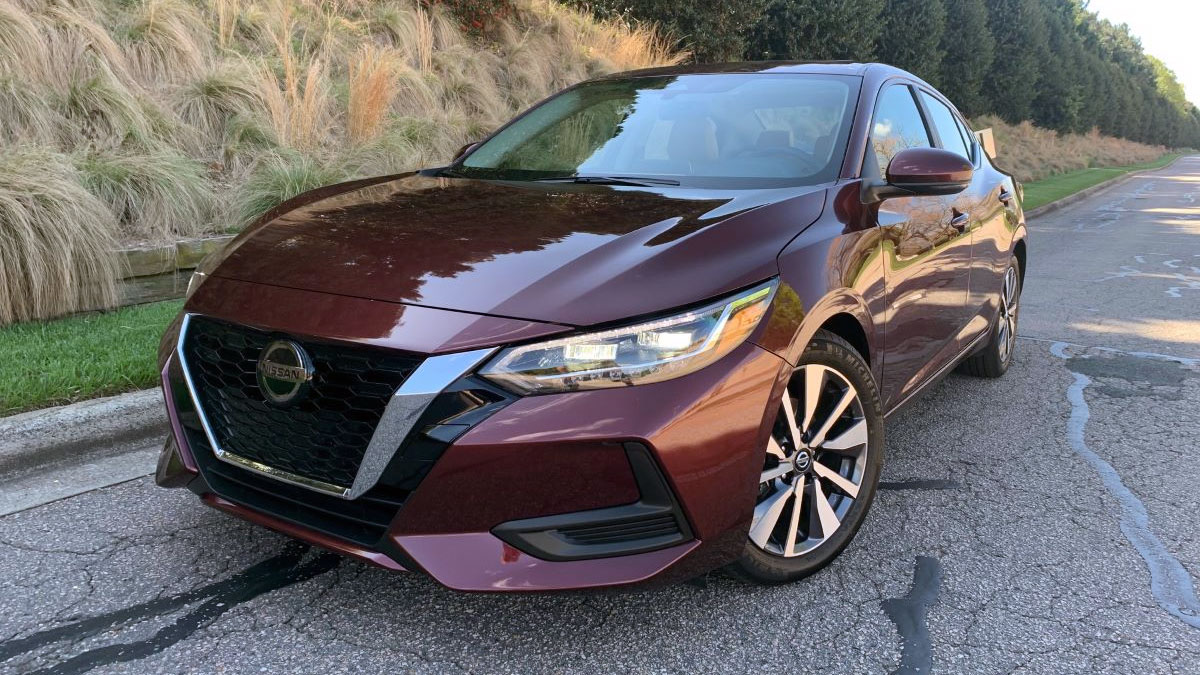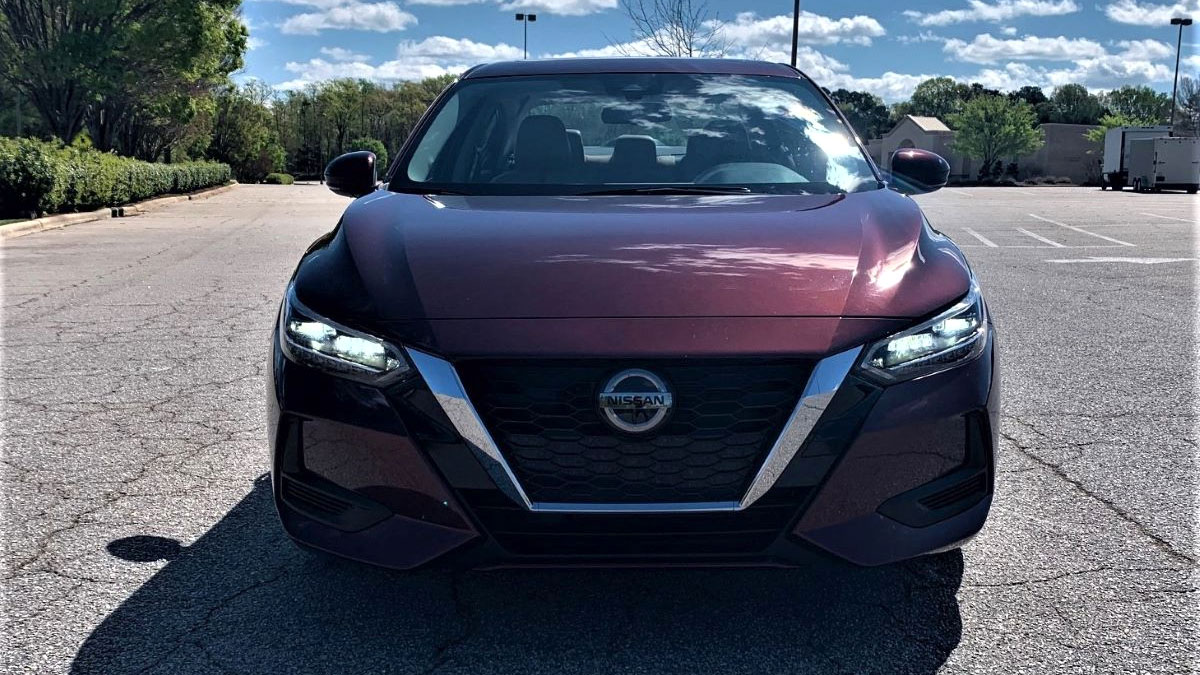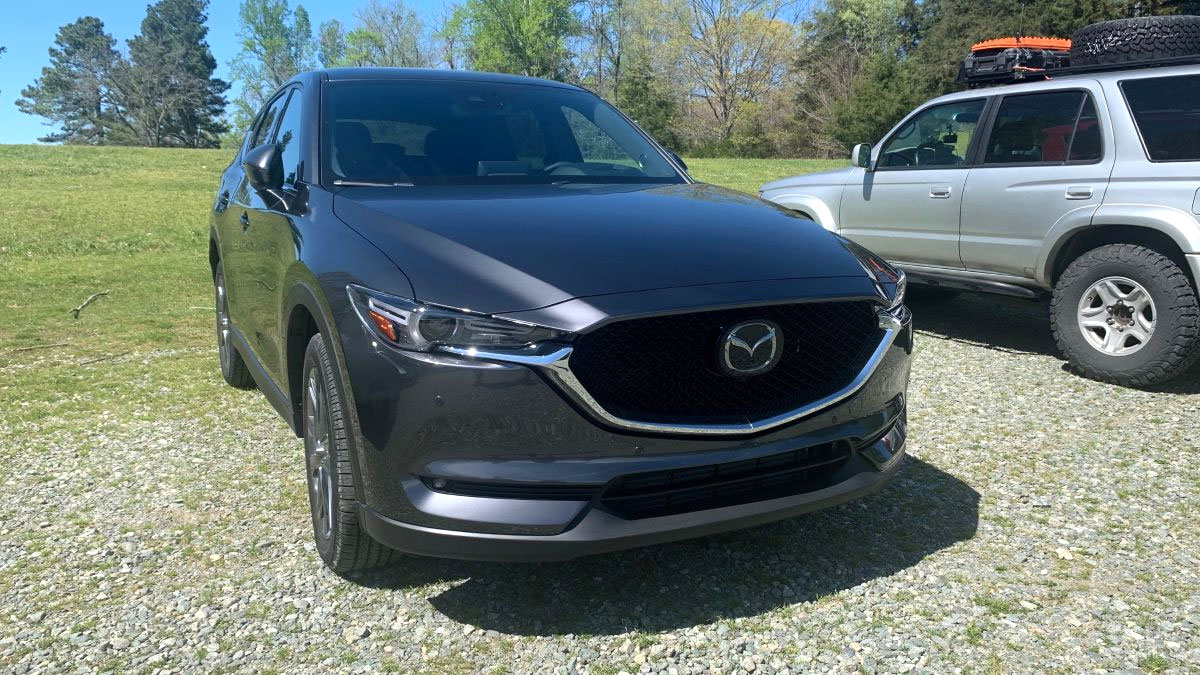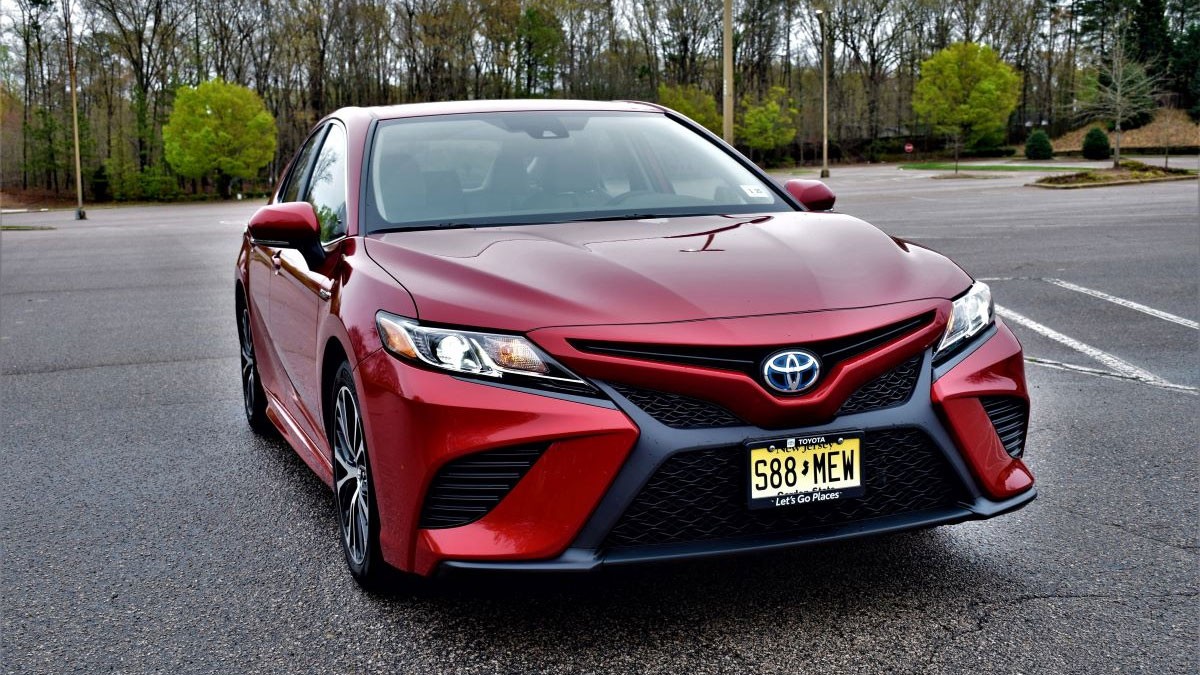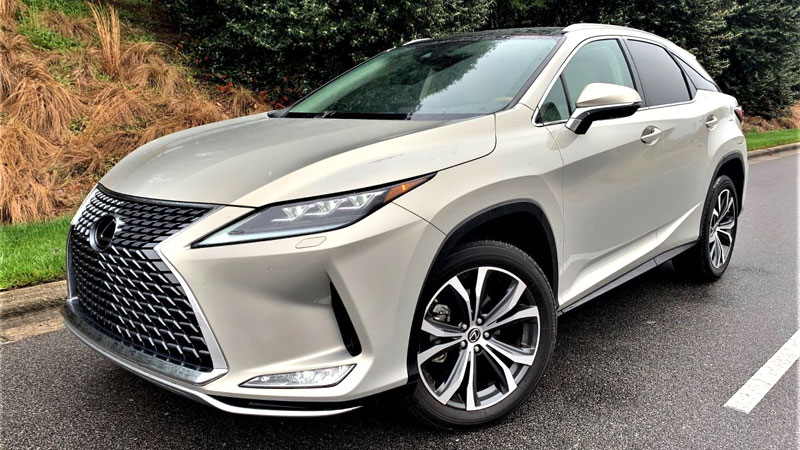2021 Mazda CX-30 (Affordable Crossover with Premium Chops)
The 2021 CX-30 is one of four Mazda crossover models. We’re long-time admirers of Mazda, the little Japanese automaker that could. Overshadowed by Toyota, Honda, and Nissan, Mazda is much like Subaru and to a much lesser extent, Mitsubishi, in finding and exploiting a niche in the new vehicle market. … Read more

